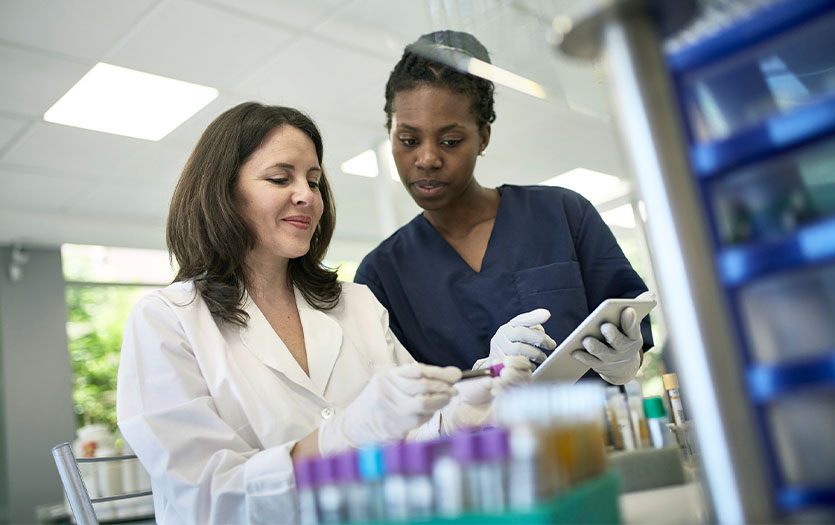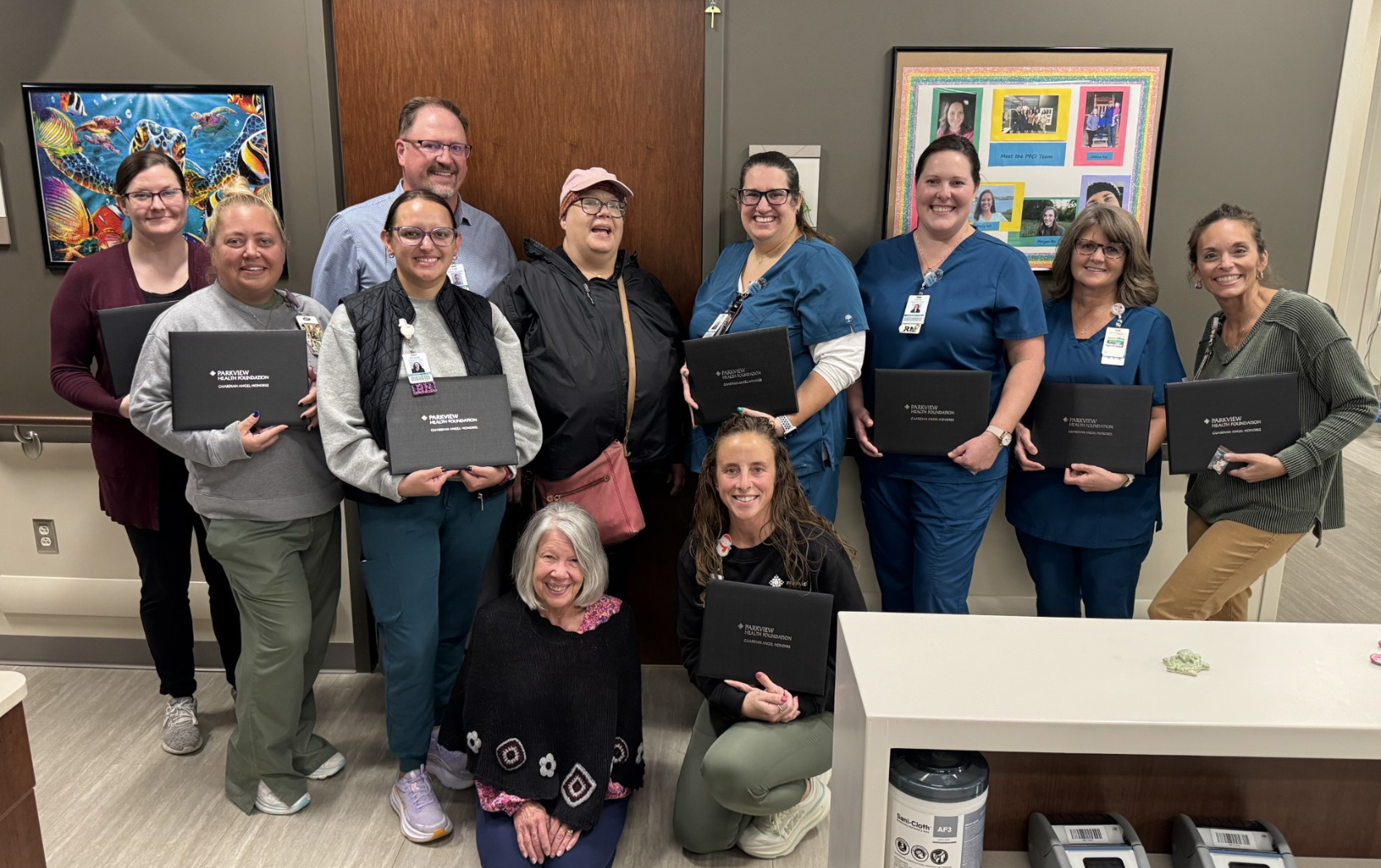.jpg) November is American Diabetes Month, an occasion to pause and increase your awareness of the astounding number of men, women and children impacted by this debilitating condition.
November is American Diabetes Month, an occasion to pause and increase your awareness of the astounding number of men, women and children impacted by this debilitating condition.
“The prevalence of diabetes is at an all-time high in the United States, with 29.1 million Americans, or 1 of every 11 people, having the disease,” Program Director for the Parkview Diabetes Treatment Center Sheryl Scott, BSBA, said. “Unfortunately, about 25% are unaware they have diabetes. Considering the known complications, coupled with twice as much financial burden to the individual and health care system, identifying and treating diabetes as early as possible is very important.”
Defining diabetes
When you eat something, it’s turned into glucose (sugar) for your body to use as energy. The pancreas, an organ near the stomach, makes a hormone called insulin, which helps control glucose levels and move glucose from your bloodstream to your muscles and liver cells, where it’s stored as fuel. When you have diabetes, your body either doesn’t make enough insulin, or it can’t use its insulin as well as it should. This causes glucose to build up in your bloodstream.
Uncontrolled diabetes can cause serious health complications, including heart disease, blindness, kidney problems and nerve damage. However, research has proven that, with early detection and proper care, the risk for developing these complications can be reduced.
Pre-diabetes, also known as impaired glucose tolerance or impaired fasting glucose, is a condition where your blood sugar is elevated, but it’s not high enough to diagnose diabetes. “Pre-diabetes doesn’t typically have symptoms, so most individuals are not aware they have it. Often associated with obesity and a sedentary lifestyle, about 30% of those with pre-diabetes will go on to develop diabetes within 5 years. Without intervention, the number of people who develop diabetes and subsequent complications could increase dramatically over the next several years,” Sheryl said.
Know your risk
“The leading contributors of type 2 diabetes are being overweight and inactivity. With the national obesity rates climbing to 27.7% for 2014, and Indiana being ranked the 8th highest for obesity, with 31.4% of Hoosiers falling in the obesity category, we have a significant number of our community who could most likely develop diabetes,” Sheryl said. “The good news is that there is a lot of evidence to prove that diabetes control, both for type 1 or type 2 diabetes, really does matter in terms of reducing the risks of complications. Further, with modest and sustainable lifestyle changes that can lead to weight loss, increased physical activity, and overall improved well-being, the risk of pre-diabetes turning into full-blown diabetes can be dramatically reduced.” Recognize your risk and the warning signs and always discuss the symptoms you’re experiencing with your physician.
Common symptoms or early warning signs of diabetes include:
- Frequent urination or excessive thirst
- Unexplained weight loss
- Fatigue or extreme tiredness
- Blurred vision
- Slow-healing wounds
- Numbness or tingling in your toes or feet
If you are experiencing any of the symptoms mentioned above or fear you are at risk for prediabetes or diabetes, speak with your primary care provider.



